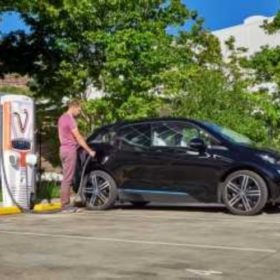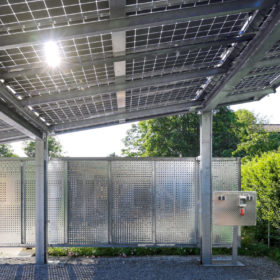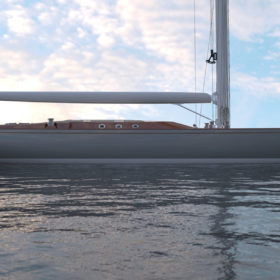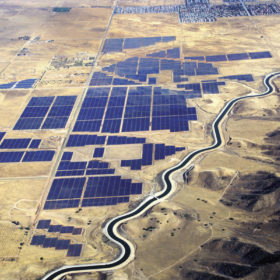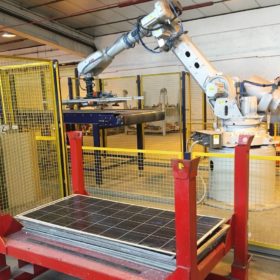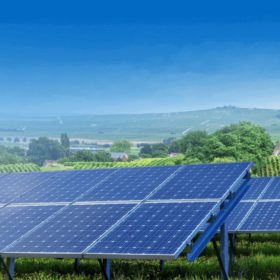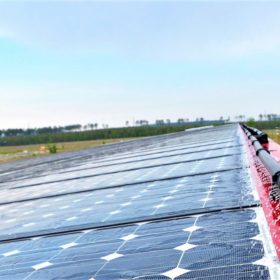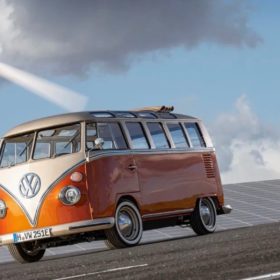Tritium smooth another barrier to EV adoption with “Plug and Charge”
Homegrown fast-charging technology company Tritium has launched “Plug and Charge,” a seamlessly simultaneous way to charge your electric vehicle and pay for the pleasure.
FuturaSun enters Australian PV market
Italian-headquartered module manufacturer FuturaSun has completed accrediting its module range with the Clean Energy Council.
“How’s the serenity?” electric leisure boating to go full-throttle
German electric boating company Torqueedo’s 100,000th sale highlights a shift in leisure and small commuter boating towards the electric.
Solar costs set to continue falling according to ITRPV roadmap
The 11th edition of the German document which tracks solar price falls and efficiency improvements has considered the role bigger wafers are playing in cost reduction.
JinkoSolar says US authorities see no violation of Hanwha Q-Cells patent
The patentability of Korean company Hanwha’s technology is being examined by a U.S. commission, according to Jinko. The Chinese manufacturer said it expects a final decision by December.
A mechanical technique for PV module recycling
An Italian consortium has developed a panel recycling process it claims can recover up to 99% of raw materials. The developers claim their technique takes only 40 seconds to fully recycle a standard panel, depending on size and recycling site conditions.
Power Ledger to give French customers their choice of energy
Western Australian peer-to-peer (P2P) energy trading pioneer Power Ledger has revealed the world’s biggest ‘choose your own energy source’ project in France.
Cooling down PV panels with water
France’s Sunbooster has developed a technology to cool down solar modules when their ambient temperature exceeds 25 C. The solution features a set of pipes that spread a thin film of water onto the glass surface of the panels in rooftop PV systems and ground-mounted plants. The cooling systems collect the water from rainwater tanks and then recycle, filter and store it again. The company claims the technology can facilitate an annual increase in power generation of between 8% and 12%.
Swansea University to install Redflow battery at its solar classroom
The British university will use Redflow zinc-bromine flow batteries at its Active Building demonstrator – an award-winning classroom that generates, stores and releases solar energy at the point of use.
Smooth sailing, Volkswagen launches electric Kombi
Volkswagen Commercial Vehicles has unveiled the e-Bulli, a concept blend of the classic 1966 Bulli Kombi with 2020 electric vehicle driving.
